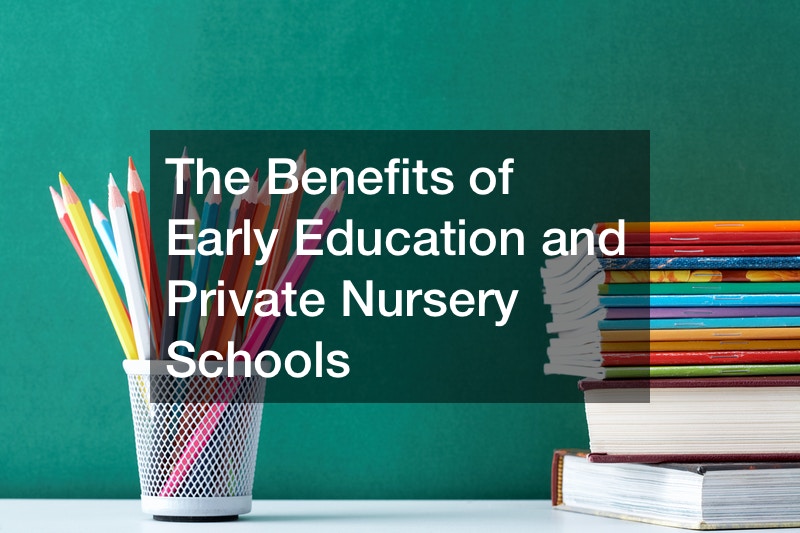
While preschool might not seem like it’s important, it can be the foundation of your child’s entire educational career. A good preschool can prepare them to succeed in their early school years, which sets the foundation for high school, college, and beyond. So it is important to know about the preschool options available to you. Whether you want to compare private schools or look into the public schools in your community, that information is usually easily available. You can check school ratings on private and government sites, looking for anything like test scores and opinions on teachers. Preschools can vary widely with their available resources. Some provide ample classroom materials for teachers, allowing them to focus on their lessons with everything they need. However, others require families to provide the majority of children’s school supplies, leaving certain children at a disadvantage. It is important that you know these things and plan accordingly for your child. While you might not always have control over your preschool options, you can still make sure you give your child the best opportunity possible.
The United States is a major proponent of pre-kindergarten through 12th-grade educational programs. There were approximately 56.6 million children attending elementary and secondary schools during the fall of 2018 alone. During the same time period, it was estimated that 5.9 million children were attending private, rather than public schools, however. By 2021, it’s been estimated that there will be 856,234 daycare centers in this country. Given that they are aware of the benefits of early education, many parents choose to have their children attend private preprimary schools that prepare their children for elementary school and beyond.

A Brief Overview of Preprimary Schools
Preprimary schools were created during the latter part of the 18th century. The initial purpose of these programs was to provide care for the children of working parents. More specifically, this care was needed for parents working outside their homes. Currently, these programs consist of groups or classes that provide a variety of educational and recreational experiences for children up to five years of age. This includes preschool as well as kindergarten programs.
While some preprimary schools are half-day, others consist of a full-day program. Recent data indicates that 54% of the children who are enrolled in these programs participate for the entire day. In 2016, for example, the following percentage of children participated in a variety of preprimary programs:
- Three-year-olds: 42%
- Four-year-olds: 66%
- Five-year-olds: 86%

Contact the Nursery School Admissions Office to Learn More
Studies have shown that early childhood education can make a significant impact on a child’s future academic success. Furthermore, it’s been demonstrated that children are better able to develop cognitive, physical, and social skills when interacting with other children on a regular basis. Given this, getting into nursery school is the first step to take.
Private schools, particularly when they are also progressive, are able to provide additional resources. There tends to be more parent involvement, and these schools strive to encourage and develop a sense of community. There are, of course, other benefits to having your child attend a private preschool. Once you contact the school admissions office, you will be able to obtain more information on getting into nursery school.
